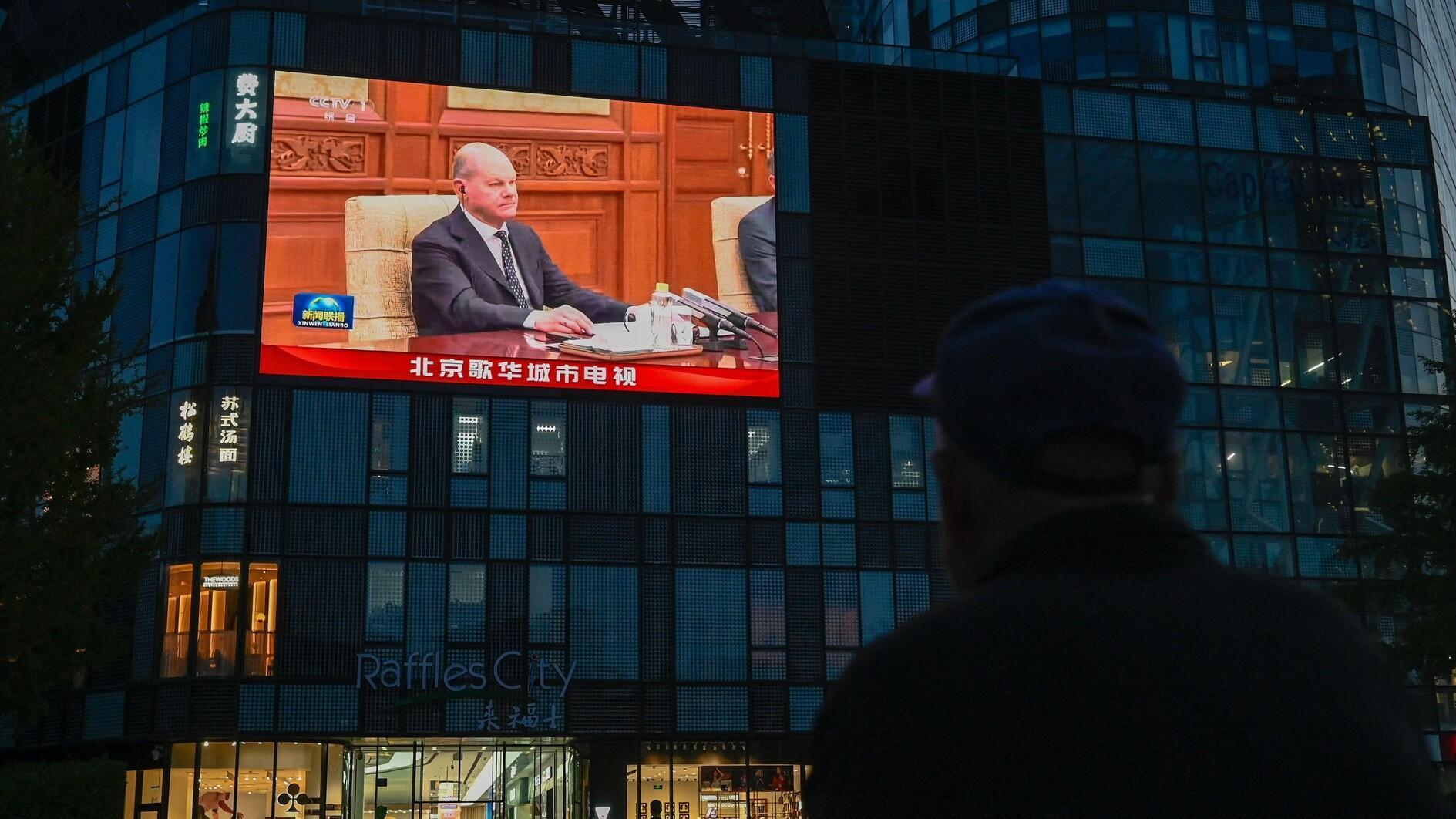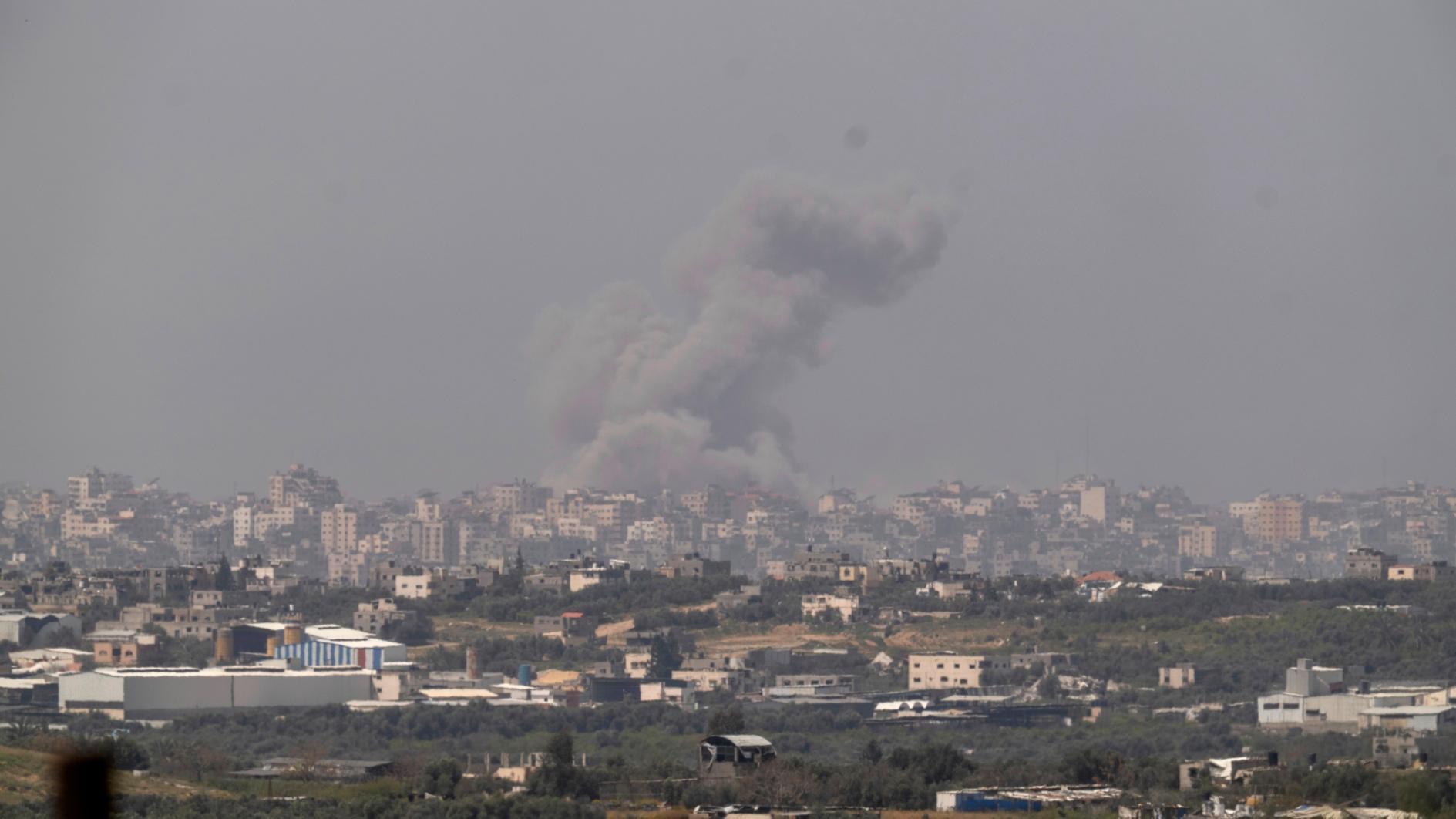Zerzevan Castle home to secret history
DİYARBAKIR – Anadolu Agency
 Following the discovery of an underground temple, a closed secret passage and a subterranean sanctuary in the Zerzevan Castle in the southeastern province of Diyarbakır’s Çınar district, four other ancient locations from the Roman era were unearthed this year in Çınar.
Following the discovery of an underground temple, a closed secret passage and a subterranean sanctuary in the Zerzevan Castle in the southeastern province of Diyarbakır’s Çınar district, four other ancient locations from the Roman era were unearthed this year in Çınar.The Zerzevan Castle, located 13 kilometers from central Çınar in the Demirölçek neighborhood, was used as a military settlement in the Roman era. Built on an area of six hectares, the Zerzevan Castle illuminates the history of Turkey’s southeast with its 15-meter-high and 1,200-meter-long wall, 21-metre-high watchtower and church, administration building, residences, stores of grain and arms, subterranean temple, sanctuaries, sepulchers, water channels and 54 cisterns.
The Ministry of Culture and Tourism, the Diyarbakır Museum, the Diyarbakır Governor’s Office, the Diyarbakır Metropolitan Municipality, the District Governorate of Çınar, the Association of Turkish Travel Agencies and Dicle University contribute to the progress of the excavation. Çınar District Governor İsmail Şanlı has been monitoring the excavation and stated that the excavation work has continued despite security issues in the region and clashes between the Turkish military and the outlawed Kurdistan Workers’ Party (PKK).
Şanlı said the Zerzevan Castle symbolizes the “intersection and coalescence of eastern and western cultures.” Its various features, such as the subterranean temple - a remnant of the Mithras religion - have attracted over 20,000 tourists in just one week, he added.
The District Governorate of Çınar, with the support of the United Nations and the Ministry of Culture and Tourism, is currently designing an “Archaeo-Park Project” to develop the historical and cultural awareness of the children visiting the Zerzevan Castle.
Aytaç Coşkun, the head of the excavation and assistant professor of archaeology at Dicle University, emphasized the key role of the excavation in understanding the Roman era in Diyarbakır and the region.
“There is a subterranean and an aboveground city in the Zerzevan Castle. We discovered a secret subterranean passage that was closed 3,000 years ago, a subterranean church that was closed 1,500 years ago, a subterranean sanctuary capable of sheltering 400 people, and finally a Mithras temple,” Coşkun said.
“We detected four more subterranean locations this year. These locations are completely covered under soil. They must be unearthed. We also aim to uncover the subterranean city. We found many cisterns, grain stores and churches underground. There are places to help maintain their livelihoods besides the residential areas. We will uncover both the subterranean city and the aboveground city as the excavation work progresses,” he added.
The Zerzevan Castle
The military settlement is located on a 124-metre-high rocky hill on an ancient route, in the strategic point between Amida (modern-day Diyarbakır) and Dara (near modern-day Mardin). Due to its location, the Zerzevan Castle dominated the whole valley, and thus was a key Roman garrison and a scene of great military confrontations between the Romans and the Sassanians. It was called “Samachi” in the Roman era.
More information about the period and the castle is expected to come to light as the excavations progress.
The walls and buildings in the settlement reached their final form through restoration and reconstruction during the reigns of Anastasios I (491-518) and Justinianos I (527-565).
















